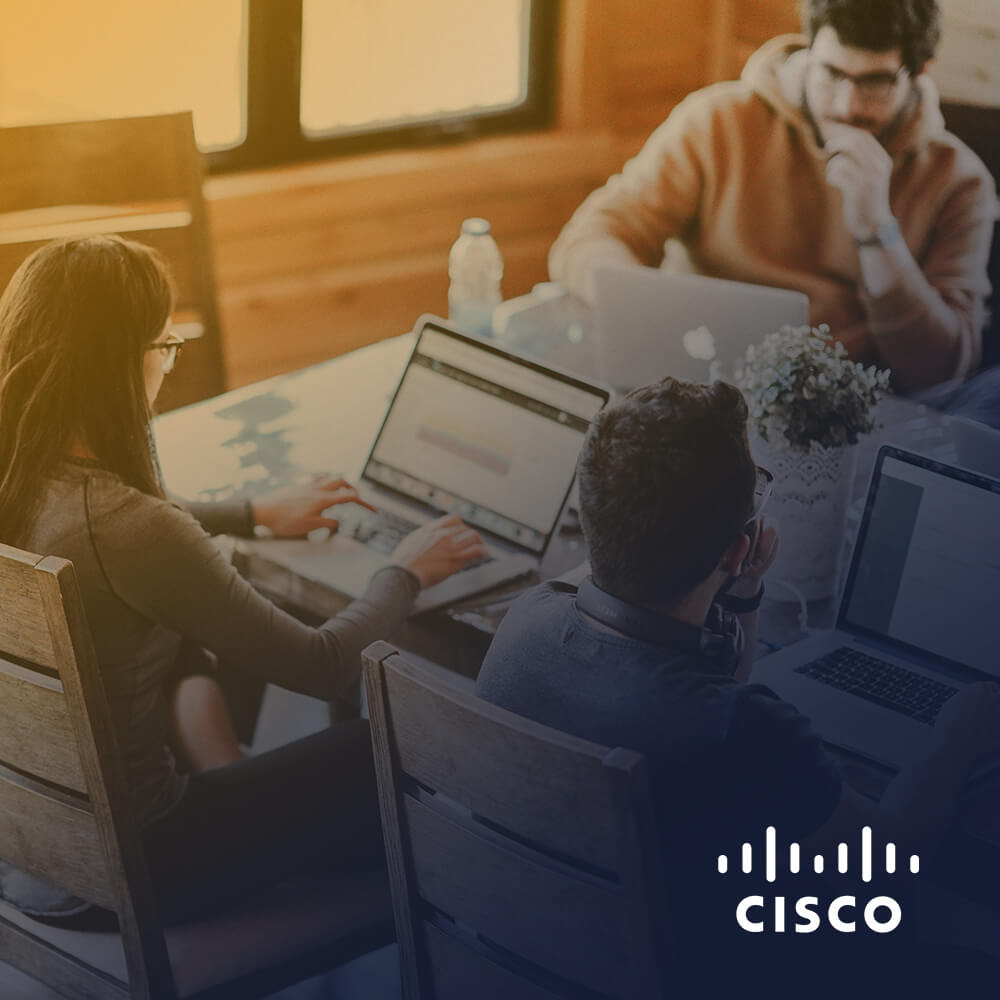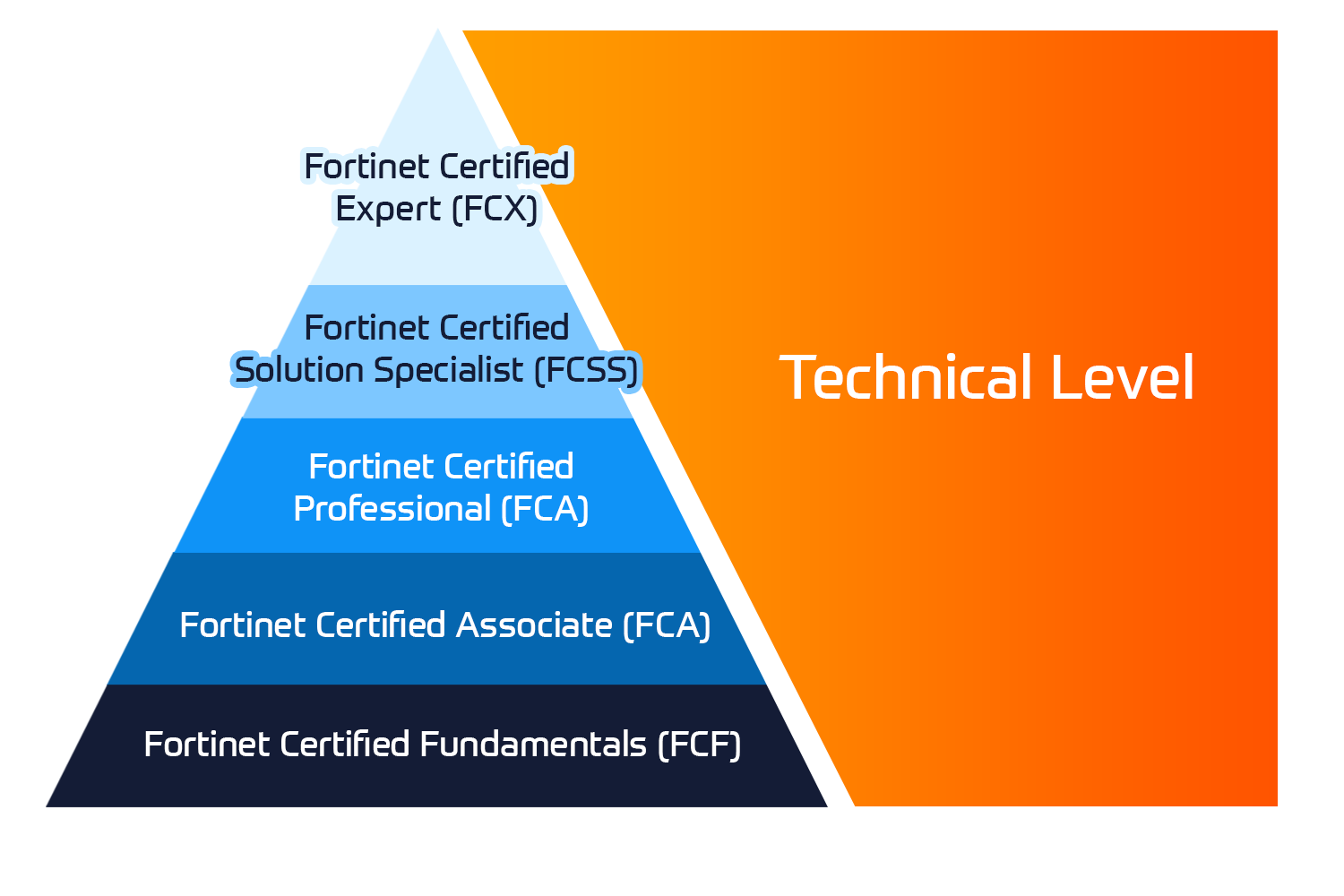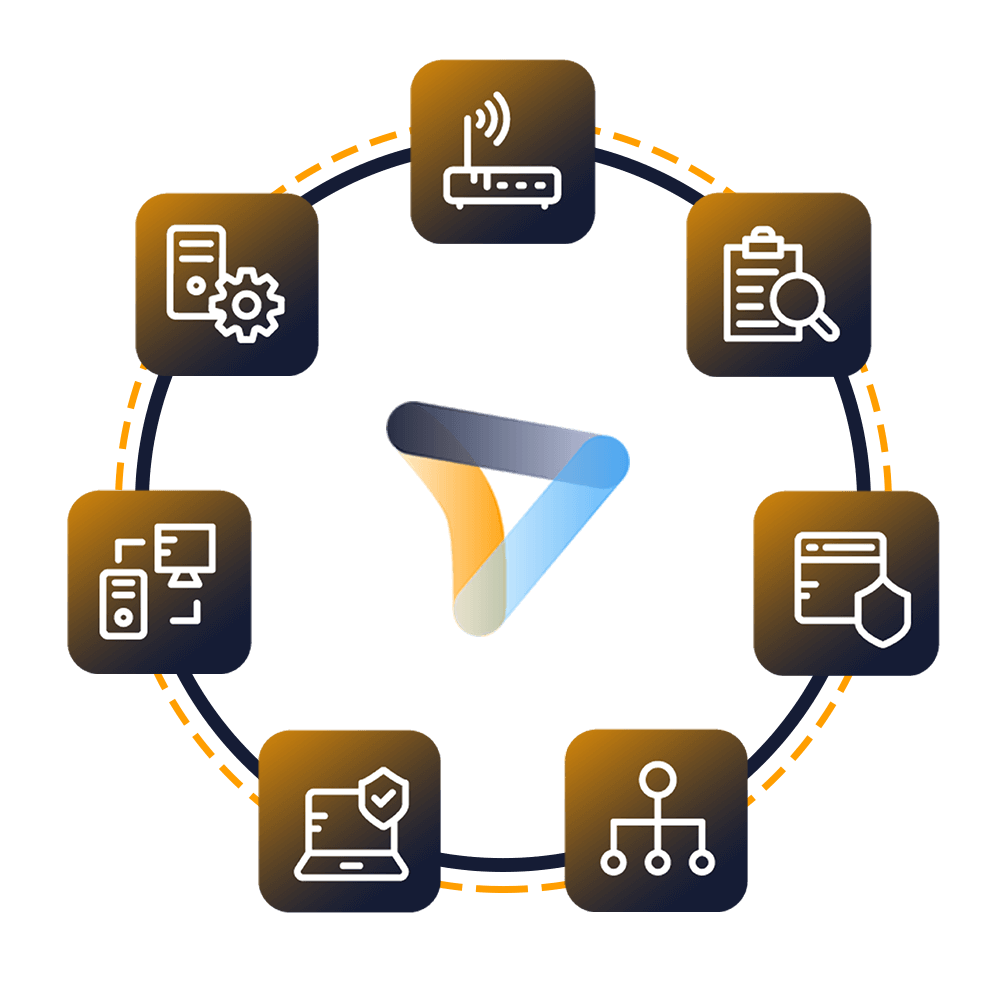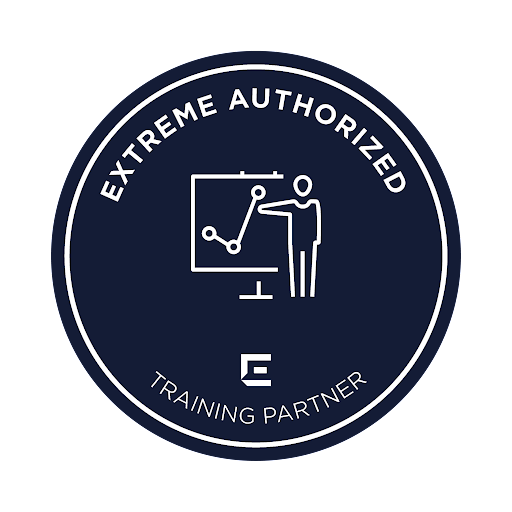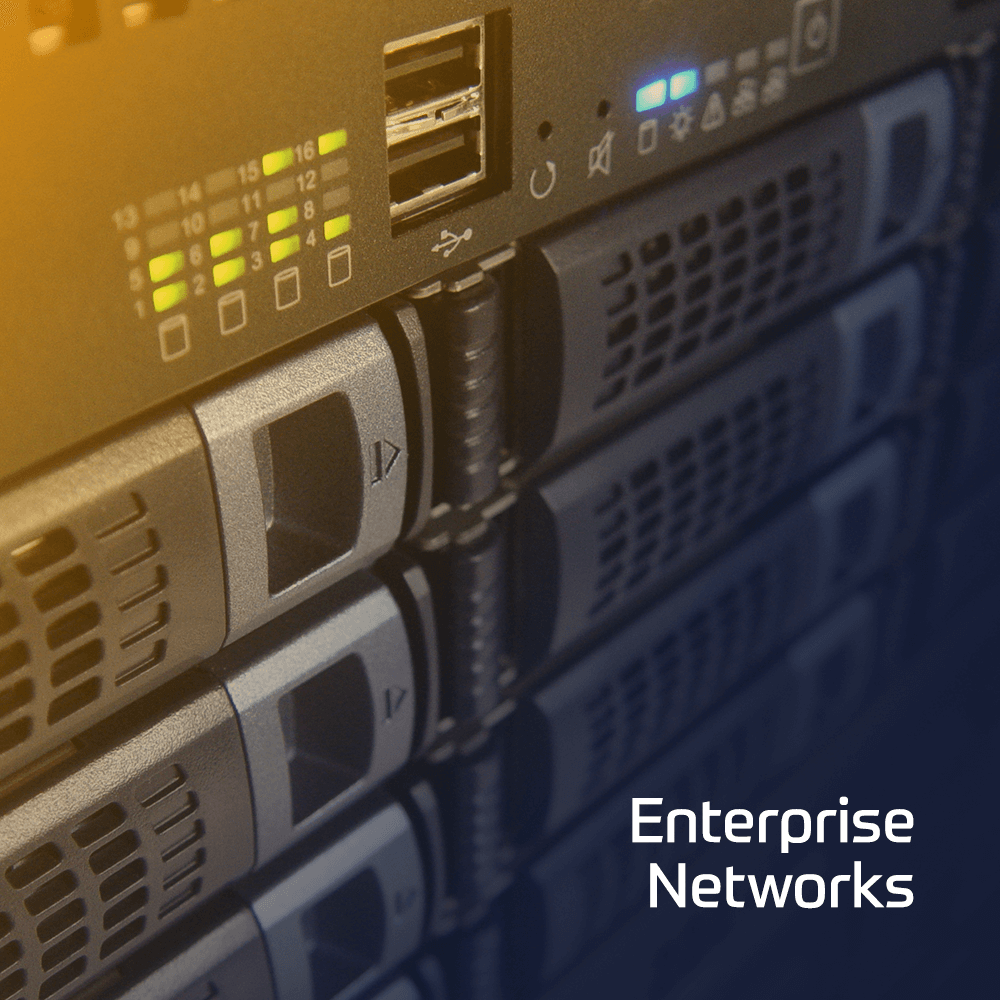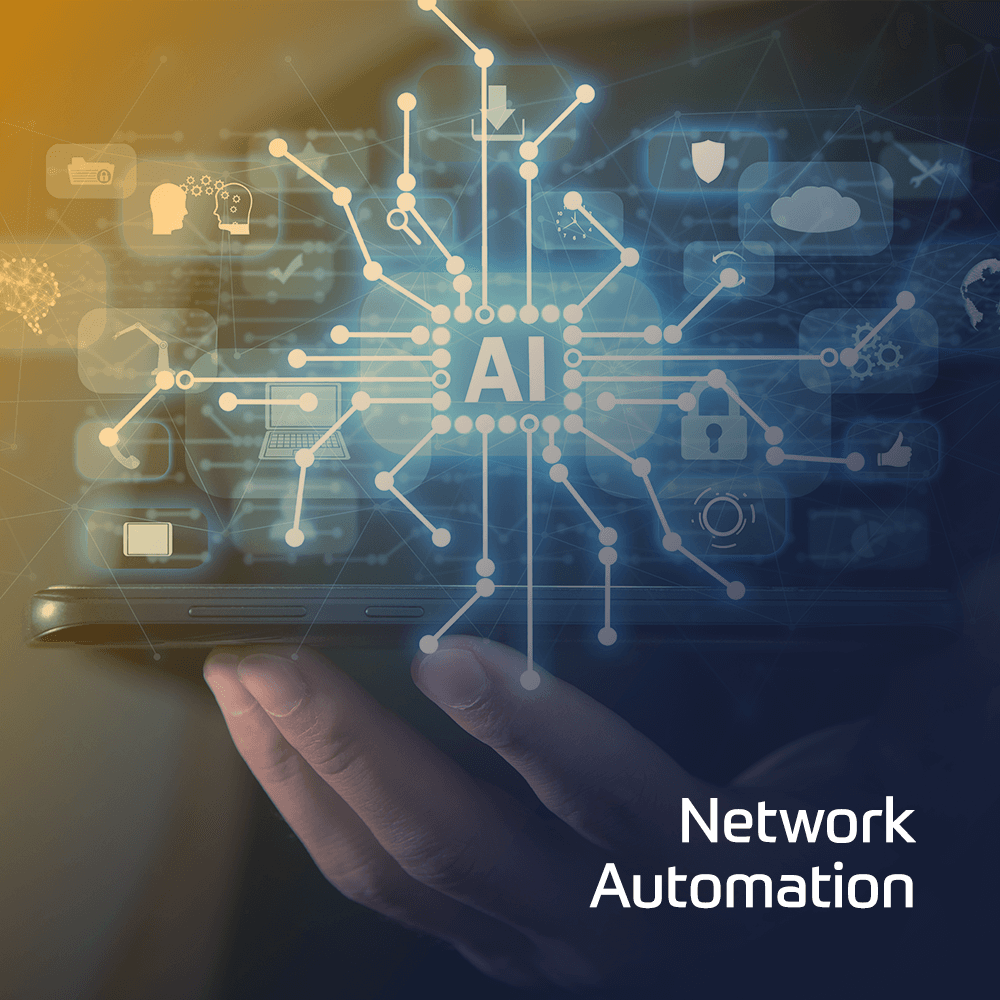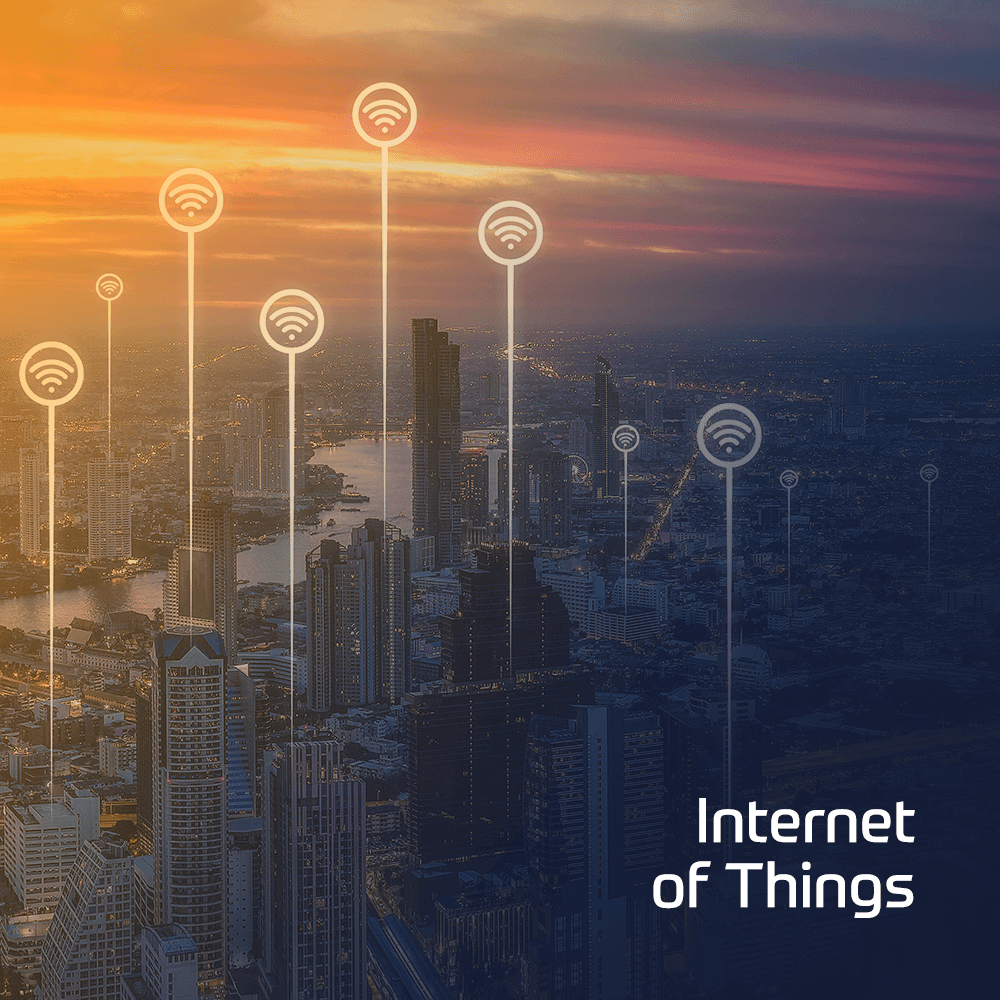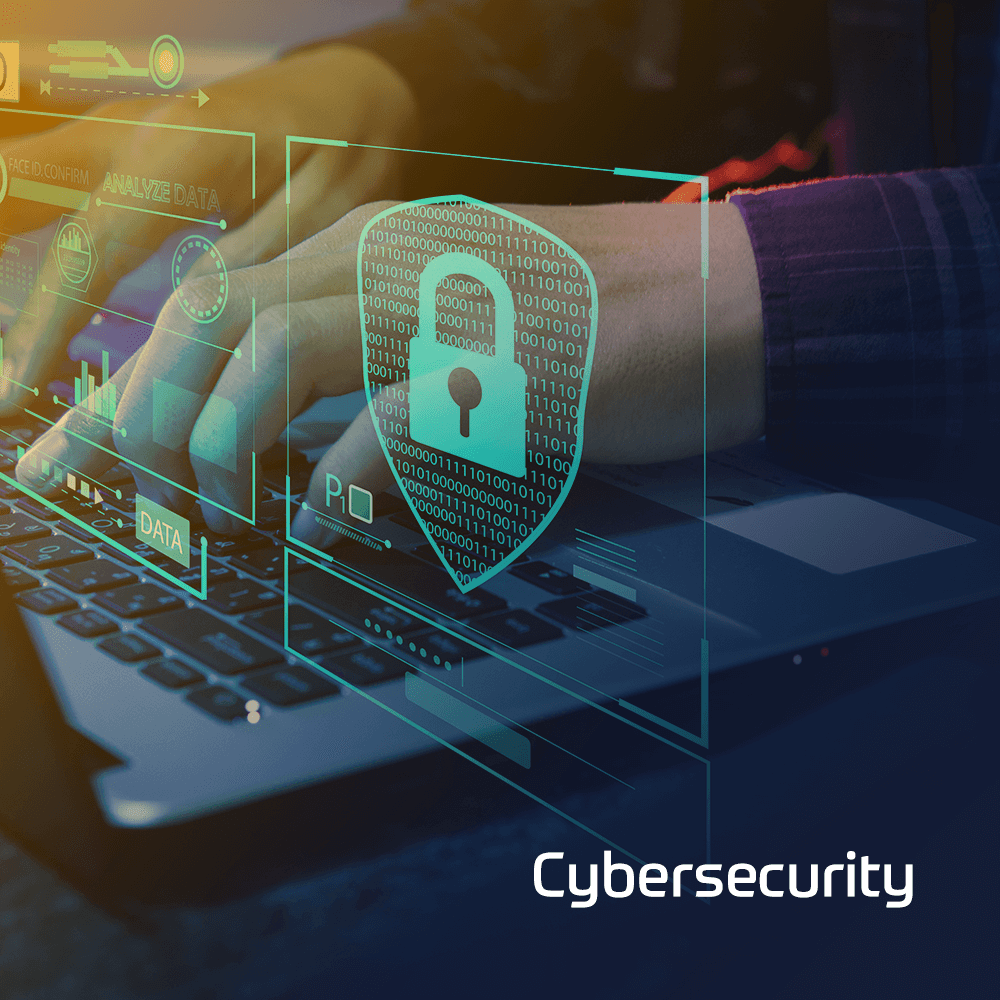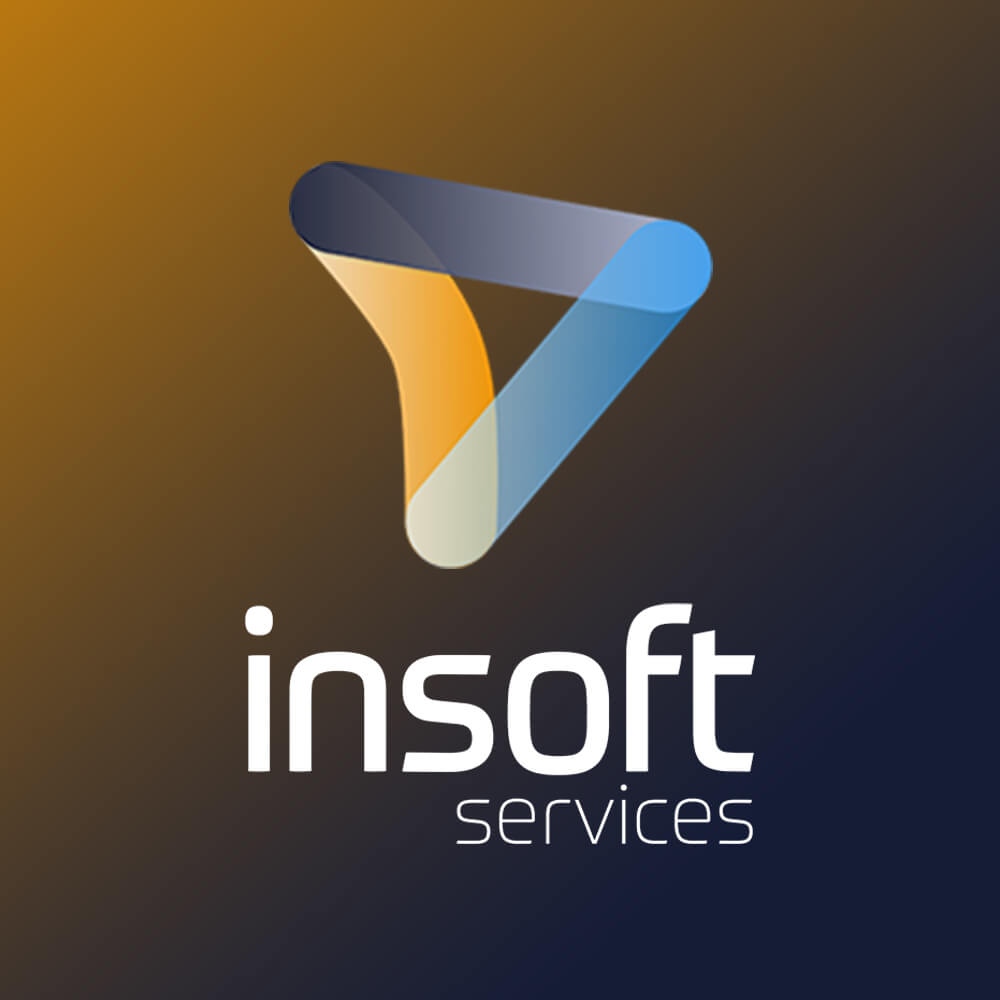The Understanding Cisco Service Provider Network Foundations (SPFNDU) v1.0 course is designed to provide you with the foundational knowledge for the suite of Cisco® CCNP® Service Provider courses. The course expands what you learned from the Cisco CCNA® course with a focus on theoretical and practical knowledge needed for the Service Provider environment. Through a combination of lessons and hands-on practice, you will learn about architectures, protocols, software and hardware platforms, and solutions within the Service Provider realm. While this course does not lead directly to a certification exam, it does cover foundational knowledge critical to the success in the Service Provider Technology track.
Contact Us
We would love to hear from you. Please complete this form to pre-book or request further information about our delivery options.
 Duration
Duration 5 Days
 Delivery
Delivery (Online and onsite)
 Price
PricePrice Upon Request

45 excl. VAT
After taking this course, you should be able to:
- Describe network architectures, devices, and software used by service providers
- Describe the various Internet governance organizations, their roles, and tools available for governance information verification
- Configure the Cisco Internetwork Operating System (Cisco IOS®) and Cisco IOS XE routers
- Describe Cisco IOS XR software, perform initial configuration, and explain platform daily tasks
- Describe various access and core technologies used by service providers
- Describe various major switching technologies used by service providers
- Describe major overlay technologies and their usage, and configure Virtual Extensible LAN I (VxLAN)
- Describe various major routing protocols used by service providers
- Configure Layer 3 services used by service providers
- Describe Multiprotocol Label Switching (MPLS), components, protocols, and MPLS usage
- Describe the usage of various services used and maintained by service providers
- Introduce Linux networking, Bourne Again Shell (BASH) scripting, and their usage within Cisco IOS XR software
- Introducing Service Provider Architectures
- Describing Internet Governance Organizations
- Configuring the Cisco IOS and Cisco IOS XE Router
- Configuring Cisco IOS XR Router
- Introducing Access and Core Technologies in the Service Provider Environment
- Introducing Routing Technologies in the Service Provider Environment
- Describing MPLS
- Implementing Layer 3 Services
- Introducing Switching Technologies in the Service Provider Environment
- Introducing Overlay Technologies
- Implementing Service Provider Services
- Introducing Programmability on Cisco IOS XR Routers
Lab outline
- Review Lab Environment
- Examine Governance Data
- Perform an Initial Cisco Internetworking Operating System (IOS XE) Configuration
- Configure Connectivity and Connectivity Verification on Cisco IOS XE Devices
- Perform Initial Cisco IOS XR Configuration
- Configure and Verify Connectivity on Cisco IOS XR
- Configure Intermediate System to Intermediate System (IS-IS)
- Configure Routing Information Protocol (RIPv2) and RIP extension (RIPng)
- Configure Basic Border Gateway Protocol (BGP)
- Configure MPLS
- Configure Internet Protocol Service Level Agreement (IP SLA)
- Configure Hot Standby Router Protocol (HSRP) with Object Tracking
- Configure Virtual Routing and Forwarding (VRFs)
- Configure Network Time Protocol (NTP)
- Use Linux Command Line Interface
- Configure IOS XR Using a Bash Script
This course is designed for network and software engineers and hold job roles such as:
- Network administrator
- Network engineer
- Network manager
- System engineer
- Project manager
- Network designer
Before taking this course, you should have the following knowledge and skills:
- Knowledge of IPv4 and IPv6 Transmission Control Protocol/Internet Protocol (TCP/IP) networking
- Familiarity with typical service provider environment
- Basic knowledge about networking devices and their roles
After taking this course, you should be able to:
- Describe network architectures, devices, and software used by service providers
- Describe the various Internet governance organizations, their roles, and tools available for governance information verification
- Configure the Cisco Internetwork Operating System (Cisco IOS®) and Cisco IOS XE routers
- Describe Cisco IOS XR software, perform initial configuration, and explain platform daily tasks
- Describe various access and core technologies used by service providers
- Describe various major switching technologies used by service providers
- Describe major overlay technologies and their usage, and configure Virtual Extensible LAN I (VxLAN)
- Describe various major routing protocols used by service providers
- Configure Layer 3 services used by service providers
- Describe Multiprotocol Label Switching (MPLS), components, protocols, and MPLS usage
- Describe the usage of various services used and maintained by service providers
- Introduce Linux networking, Bourne Again Shell (BASH) scripting, and their usage within Cisco IOS XR software
- Introducing Service Provider Architectures
- Describing Internet Governance Organizations
- Configuring the Cisco IOS and Cisco IOS XE Router
- Configuring Cisco IOS XR Router
- Introducing Access and Core Technologies in the Service Provider Environment
- Introducing Routing Technologies in the Service Provider Environment
- Describing MPLS
- Implementing Layer 3 Services
- Introducing Switching Technologies in the Service Provider Environment
- Introducing Overlay Technologies
- Implementing Service Provider Services
- Introducing Programmability on Cisco IOS XR Routers
Lab outline
- Review Lab Environment
- Examine Governance Data
- Perform an Initial Cisco Internetworking Operating System (IOS XE) Configuration
- Configure Connectivity and Connectivity Verification on Cisco IOS XE Devices
- Perform Initial Cisco IOS XR Configuration
- Configure and Verify Connectivity on Cisco IOS XR
- Configure Intermediate System to Intermediate System (IS-IS)
- Configure Routing Information Protocol (RIPv2) and RIP extension (RIPng)
- Configure Basic Border Gateway Protocol (BGP)
- Configure MPLS
- Configure Internet Protocol Service Level Agreement (IP SLA)
- Configure Hot Standby Router Protocol (HSRP) with Object Tracking
- Configure Virtual Routing and Forwarding (VRFs)
- Configure Network Time Protocol (NTP)
- Use Linux Command Line Interface
- Configure IOS XR Using a Bash Script
This course is designed for network and software engineers and hold job roles such as:
- Network administrator
- Network engineer
- Network manager
- System engineer
- Project manager
- Network designer
Before taking this course, you should have the following knowledge and skills:
- Knowledge of IPv4 and IPv6 Transmission Control Protocol/Internet Protocol (TCP/IP) networking
- Familiarity with typical service provider environment
- Basic knowledge about networking devices and their roles

 Finland
Finland Germany
Germany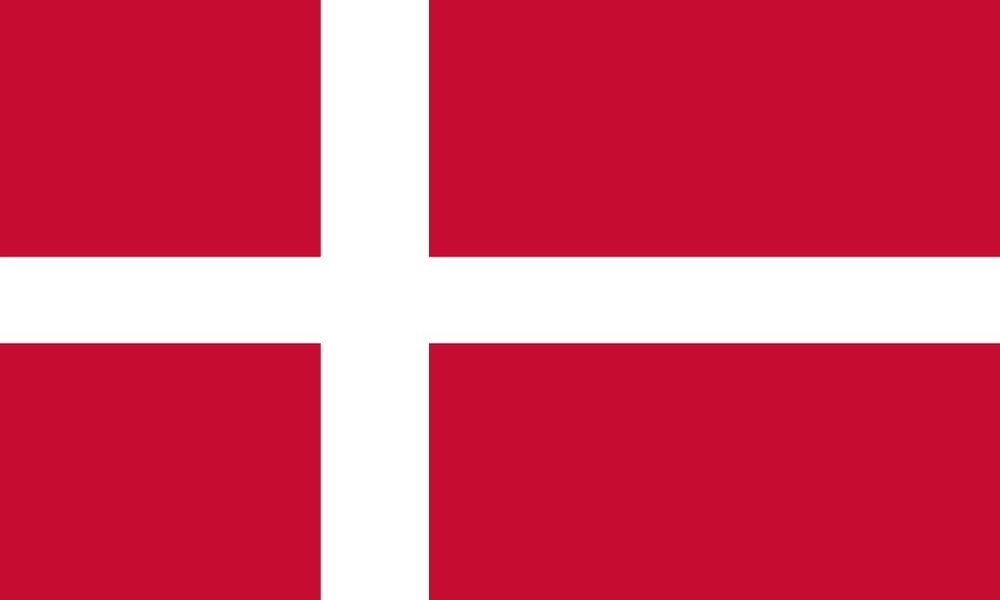 Denmark
Denmark Sweden
Sweden Italy
Italy Netherlands
Netherlands Norway
Norway 



